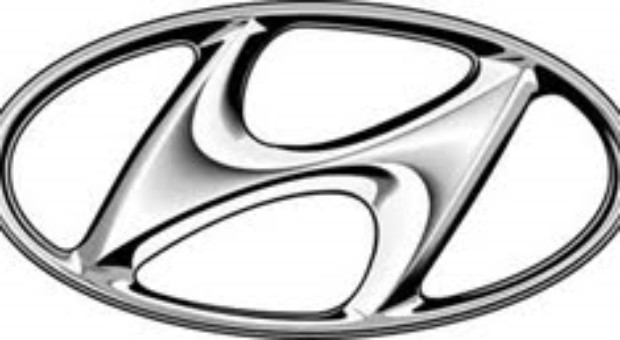
The Hyundai Motor Company (HMC), a division of the Hyundai Kia Automotive Group, is South Korea’s largest car maker. Headquartered in Yangjae-dong Seocho-gu Seoul, Korea.
It is also the world’s sixth largest car maker and operates the world’s largest integrated automobile manufacturing facility in Ulsan, South Korea. The Hyundai logo, a slanted, stylized ‘H’, is symbolic of two people (the company and customer) shaking hands and its official slogan is “Drive your way”.
Hyundai is a group of companies founded by Chung Ju-yung in South Korea. The first Hyundai company was founded in 1947 as a construction company.
Hyundai means “modernity” in the Korean language.
Headquartered in Seoul, South Korea, Hyundai operates the world’s largest integrated automobile manufacturing facility in Ulsan, which is capable of producing 1.6 million units annually. The company employs about 75,000 persons around the world, Hyundai vehicles are sold in 193 countries through some 6,000 dealerships and showrooms worldwide.
Some of the best-known Hyundai divisions are Hyundai Motor Company, the world’s fourth largest automaker and one of the Big Asian Four (with Toyota, Honda and Nissan), and Hyundai Heavy Industries, the world’s largest shipbuilder. Other companies currently or formerly controlled by members of Chung’s extended family may be loosely referred to as a part of the Hyundai chaebol.
In 1998 Hyundai bought Kia Motors, another South Korean company.
Hyundai Group underwent a massive restructuring following the 1997 East Asian financial crisis and the founder’s death in 2001. Today many companies bearing the name Hyundai are legally unrelated to the Hyundai Group
Chung Ju-Yung founded the Hyundai Engineering and Construction Company in 1947. Hyundai Motor Company was later established in 1967. The company’s first model, the Cortina, was released in cooperation with Ford Motor Company in 1968. In 1975, the Pony, the first Korean car, was released, with styling by Giorgio Giugiaro of ItalDesign and powertrain technology provided by Japan’s Mitsubishi Motors. Exports began in the following year to Ecuador and soon thereafter to the Benelux countries. In 1991, the company succeeded in developing its first proprietary gasoline engine, the four-cylinder Alpha, and transmission, thus paving the way for technological independence.
In 1991, the company succeeded in developing its first proprietary gasoline engine, the four-cylinder Alpha, and transmission, thus paving the way for technological independence.
In 1983, Hyundai exported the Pony to Canada, but not to the United States because the Pony didn’t pass emissions standards there. Canadian sales greatly exceeded expectations, and it was at one point the top-selling car on the Canadian market. The Pony afforded a much higher degree of quality and refinement in the lowest price auto segment than the Eastern-bloc imports of the period then available.
In 1986, Hyundai began to sell cars in the United States, and the Excel was nominated as “Best Product #10” by Fortune magazine, largely because of its affordability. The company began to produce models with its own technology in 1988, beginning with the midsize Sonata.
In 1996, Hyundai Motors India Limited was established with a production plant in Irrungattukotai near Chennai, India.
In 1998, Hyundai began to overhaul its image in an attempt to establish itself as a world-class brand. Chung Ju Yung transferred leadership of Hyundai Motor to his son, Chung Mong Koo, in 1999. Hyundai’s parent company, Hyundai Motor Group, invested heavily in the quality, design, manufacturing, and long-term research of its vehicles. It added a 10-year or 100,000-mile (160,000 km) warranty to cars sold in the United States and launched an aggressive marketing campaign.
In 2004, Hyundai was ranked second in “initial quality” in a survey/study by J.D. Power and Associates. Hyundai is now one of the top 100 most valuable brands worldwide. Since 2002, Hyundai has also been one of the worldwide official sponsors of the FIFA World Cup.
In 2006, the South Korean government initiated an investigation of Chung Mong Koo’s practices as head of Hyundai, suspecting him of corruption. On April 28, 2006, Chung was arrested, and charged for embezzlement of 100 billion South Korean won (US$106 million). As a result, Hyundai Vice Chairman and CEO, Kim Dong-jin, replaced him as head of the company.
Some of the larger former members of the conglomerate include Hyundai Group, Hyundai Kia Automotive Group, Hyundai Department Store Group, Hyundai Heavy Industries Group, and Hyundai Development Group.

















